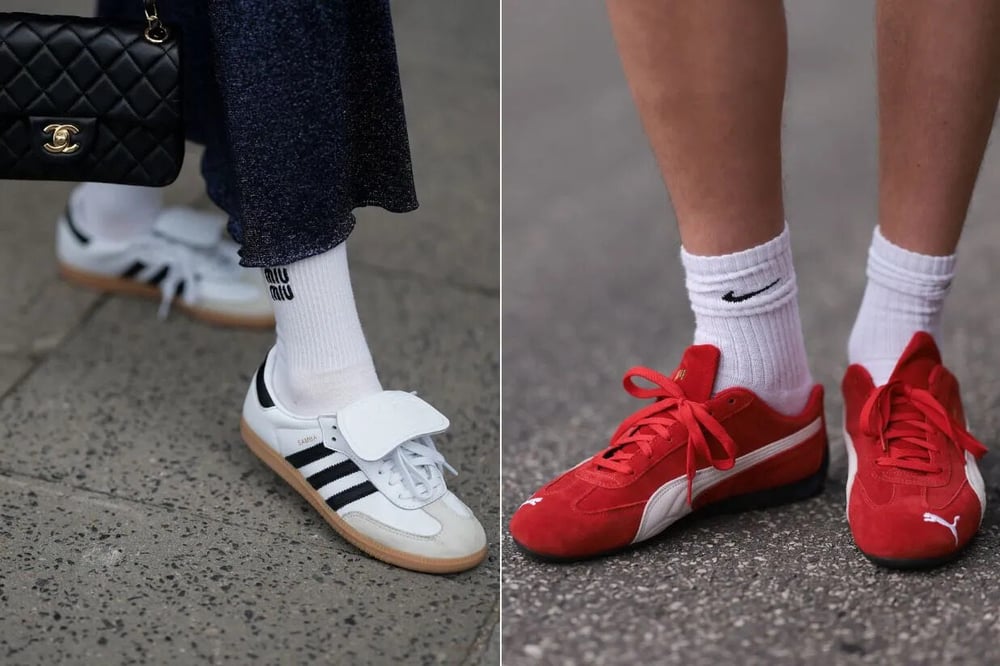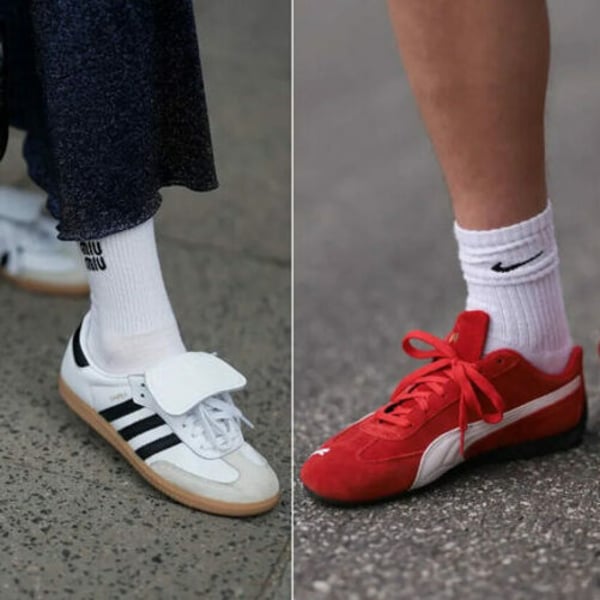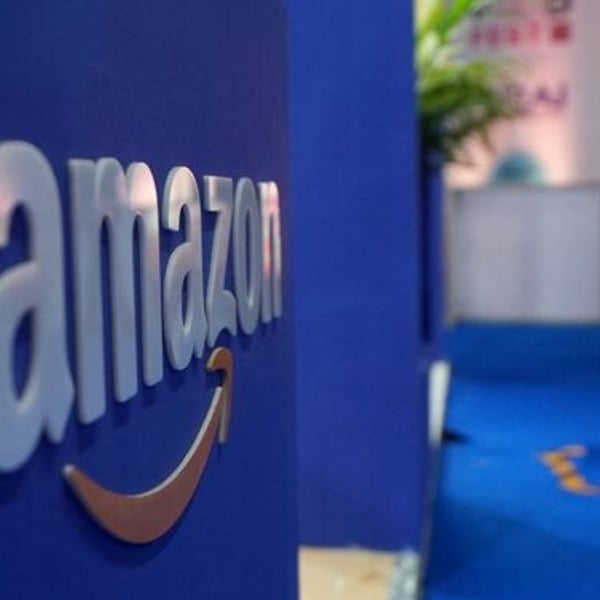By
Bloomberg
Published
July 31, 2025
Adidas AG, the German sportswear giant known for turning its three-striped sneakers into a global fashion staple, reported weaker-than-expected sales growth for the three months ending June 30. The announcement triggered a 10% drop in its share price, echoing a similar downturn at rival Puma SE. The latter’s shares plunged as much as 21% last week following a warning about slowing demand and the impact of U.S. tariffs, which Puma estimates will reduce gross profit by approximately €80 million ($92 million) this year.

Adidas Chief Executive Officer Bjørn Gulden also flagged the financial burden of tariffs, which he expects could cost the company up to €200 million. Despite the pressures, Gulden maintained Adidas’s full-year operating profit forecast of €1.7 billion to €1.8 billion—up from €1.3 billion in 2024 but still below analyst expectations of €2 billion. While the company has managed to retain most of its Chinese-made products for local sale, added costs are hitting sneakers and apparel produced in major sourcing hubs like Vietnam, which accounts for about 30% of Adidas’s U.S. imports.
Gulden added that inflation-driven weakness in U.S. consumer spending is another major concern.
Although U.S. sales held steady in the second quarter, Adidas’s European revenue took a hit due to unusually hot weather in June and tough comparisons with last year’s boost from the UEFA Euro 2024 tournament. The cooling trend, combined with a cautious outlook, has raised doubts about Adidas’s continued dominance—especially in terrace-style sneakers such as the Samba, Gazelle, and Handball Spezial. Meanwhile, Puma’s Speedcat line has struggled to gain traction with sneaker enthusiasts.
Trends on the street are shifting. Retro styles from Nike Inc., like the Killshot and Cortez, are making a comeback. Asics Corp.’s Onitsuka Tiger sneakers are also rising in popularity. Even in casual weekend settings, the Japanese brand is being spotted frequently—mirroring the Samba’s past ubiquity. Unsurprisingly, Asics shares have outperformed competitors this year. Vans, too, appear to be mounting a resurgence, with shares of parent VF Corp. rising by as much as 24% on Wednesday amid signs of a successful turnaround.
Gulden acknowledged that demand for the Samba has slowed, though he attributed this partly to previous supply constraints. He noted that the style remains popular in some markets, especially when introduced in updated finishes like metallics and animal prints.
Still, the broader deceleration and heavier discounting in the U.S.—as noted by Stacey Widlitz at SW Retail Advisors—pose a challenge.
Another shift affecting Adidas is the growing consumer focus on performance over fashion. Sport-led brands such as On Holding AG are gaining momentum. This pivot toward athletic function has also stalled Puma’s turnaround. Meanwhile, Nike CEO Elliott Hill has refocused on performance as the company’s strategic core. Despite Nike’s ongoing struggle with surplus fashion sneakers, its renewed emphasis on sport is yielding results. The Vomero running shoe, for instance, generated $100 million in sales since its February launch.
Gulden now faces two critical challenges.
First, he must identify the next breakout sneaker to follow the Samba’s success. He has made strides with relaunches like the Superstar and by embracing martial arts–inspired low-rise styles. According to Gulden, models like the Taekwondo are starting to gain popularity, especially in Japan and South Korea, and may expand further in 2025. Following the Samba and Superstar, the next icon to be refreshed is the Stan Smith, the classic white tennis shoe that debuted over 40 years ago.
Second, Adidas must amplify its presence in performance running. Sales in this segment rose by 25% in the second quarter, although the brand is still struggling to meet demand for top-selling models. The company is preparing to introduce new running shoes that aim to combine everyday comfort with track-level performance—a territory currently dominated by On and Hoka, a brand owned by Deckers Outdoor Corp. The ideal outcome? One of these technical models becomes a cultural hit, too. Encouraging signs include the rising trend of wearing football boots casually—a category where Adidas already holds strong ground.
Gulden’s product intuition remains a strategic asset. His ability to tap into cultural relevance, seen in collaborations like Oasis-themed apparel, continues to resonate. However, he now faces headwinds including tariffs, shifting consumer preferences, and a reinvigorated Nike. The upcoming World Cup in North America could help boost visibility—but it’s Nike’s home turf, and its newer sport-driven products will be widely available by then.
Puma’s stock has more than halved in 2024, while Adidas shares have fallen over 30% since February. Nike, by contrast, has rebounded more than 40% since its April low, with investors optimistic about the brand’s recovery. To keep pace with Nike and a wave of agile new rivals, Gulden must craft a fresh hit—possibly a new-generation Dad sneaker, built for both comfort and mass appeal.










